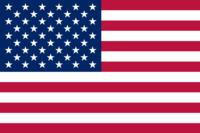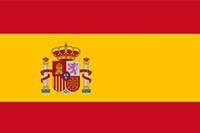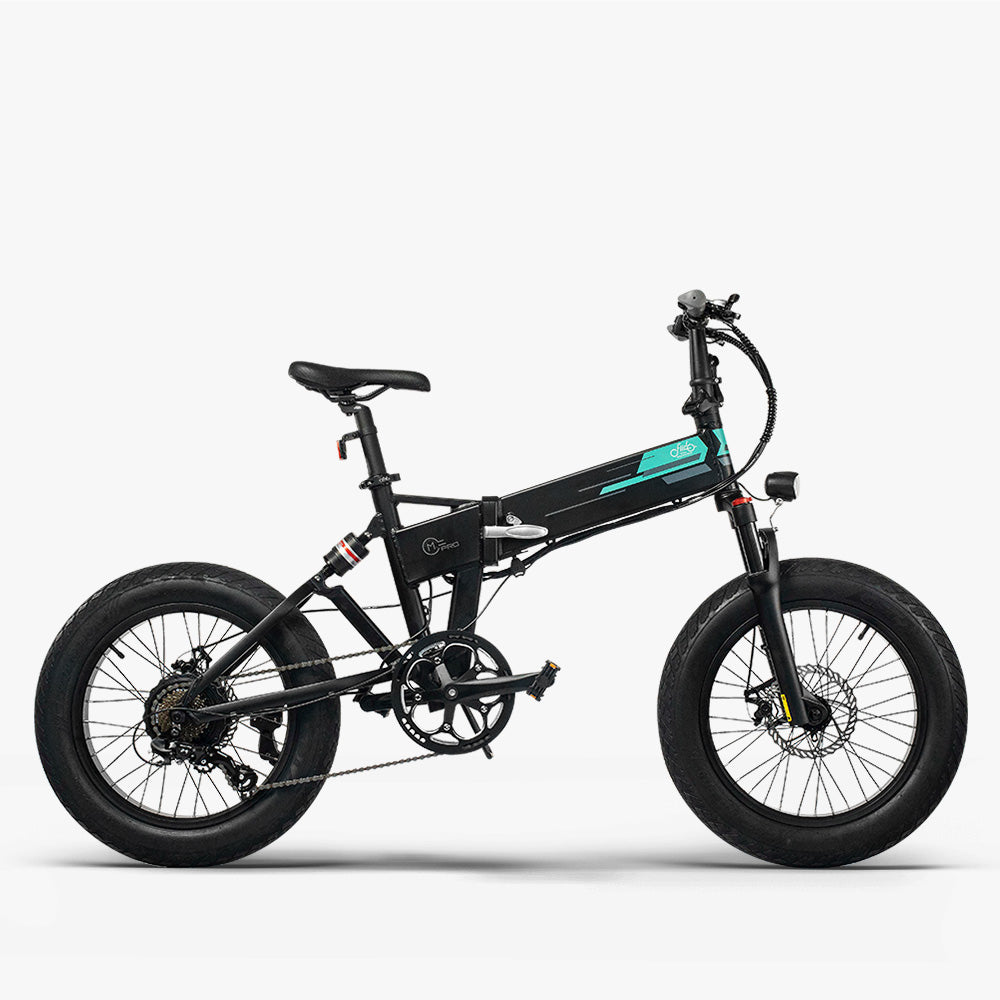When it's about cycling, every little component of your E-bike plays a very crucial role in your overall riding experience. Similarly, handlebars are no exception. To ensure that you are always comfortable and also achieve your best performance while riding, the best type of bicycle handlebars for yourself is a must.
By choosing the right one, you'll be improving your control, reducing strain on your body, and improving your speed. After all, handlebars are the primary point where your contact with your electric bike is established. And so, it plays an important role in deciding your riding posture, the level of control over the bike, and even the energy you expend during your ride.

Types of Bicycle Handlebars
The types of handlebars you choose will differ based on your bicycle usage purposes. For more explanation, read about the most common handlebar types and their primary uses in the next part.
Drop Bars
Drop bars are a popular choice for road bikes and racing bikes. These handlebars are characterized by their downward curve, allowing riders like yourself to adopt an aerodynamic position that reduces wind resistance. It has a fair advantage of being 100-200 mm narrower than flat bars.
Drop bars are also famous for offering multiple hand positions, which is passively good for longer rides. It allows you to change your grip to avoid hand fatigue easily. According to The Cyclists Hub, there are six hand positions you can try with your Drop bars.
Primary Use:
- Road riding and racing
- Aerodynamic advantage
- Multiple hand positions for long-distance comfort
Flat Bars
This handlebar type is mostly found on mountain bikes and urban commuter bikes. Just as the name suggests, these are flat… of course, giving the rider a more upright riding position. For commuting, you'll find this position to be, as it'll give you a better view of the road and surrounding environment.
Did you know "The Fiido D11 Handlebar is approximately 560mm in width!"
Primary Use:
- Urban commuting
- Mountain biking
- Enhanced control and visibility
Riser Bars
Next is the Riser bars. You can say it's a variation of flat bars but with a slight upward sweep. This design increases the height of the handlebars, giving them a more upright riding position that increases comfort and control, especially on rough terrains.
For mountain biking, these handlebars are a staple. This handlebar allows you better handling and stability when tackling steep descents or technical trails.
Primary Use:
- Mountain biking
- Stability and control on rough terrains
- Enhanced comfort for off-road riding
Bullhorn Bars
Next is Bullhorn Bars. It goes after the design as it's shaped like a bull's horns. It looks like the horn is curved forward and upward.
You'll find them commonly being used for track bikes and fixed-gear bikes. Bullhorn bars offer a forward-leaning position. It's ideal if you are a rider who wants to focus on speed more.
Primary Use:
- Track riding and fixed-gear bikes
- Speed-focused riding
- Forward-leaning position for power transfer
Cruiser Bars
The wide handlebars with a pronounced upward sweep are the Cruiser bars. It provides the rider with a relaxed and upright riding position. You'll typically find these handlebars best for leisurely rides on flat terrains.
The upright posture these bars promote is easy on your back and shoulders, making it perfect for casual or recreational cycling.
Primary Use:
- Recreational riding
- Comfort-focused, upright posture
- Ideal for casual, leisurely cycling

Key Factors in Choosing Handlebars
While choosing the right handlebar for yourself based on your primary uses, you've got to be careful about several factors. And all of these are indeed integral to finding the perfect fit for your cycling needs. You'll find a detailed explanation of these factors below.
Riding Style
Taking notes of your riding style is the most significant factor in selecting the best handlebars. If you're a frequent commuter, you might prefer flat bars for better visibility. It also adds better control in traffic to your ride.
On the other hand, if you're a road racer, drop bars would be suitable because of their aerodynamic benefits.
Riding Position and Ergonomics
From person to person, based on an individual's comfort and efficiency, the ideal riding position can vary.
For example, if you prefer an upright position, flat or cruiser bars can be your best bet. But, if you aim for a more aerodynamic stance, consider your choices between drop or bullhorn bars.
Bike Type and Riding Terrain
Now, as it's about the different types of handlebars, the type of bike you ride is going to play a significant role. Also, the terrain you typically encounter will influence your handlebar choice.
If you have mountain bikes then it will generally be paired with a riser or flat bars for better control on uneven terrains. On the other hand, if yours is a road bike, then you would want to equip it with drop bars for speed on smooth surfaces.
Handlebar Width and Shape
The width and shape of your picked handlebar can impact your riding experience. It can be either good or bad, too. Why? Read this…
Effect of Width
Handlebar width plays a crucial role in how your bike handles. Wider handlebars offer more stability and control, which is beneficial for mountain biking or riding on rough terrains.
However, they can also make it harder to navigate narrow spaces. On the other hand, narrower handlebars are more aerodynamic and suitable for road cycling.
Generally, the width of wide handlebars ranges from 640 mm to 890 mm, providing better stability and control, like the Fiido Titan (680 mm). Consider your height and preferences, then follow the two methods The Bikes Expert has shown to calculate which handlebar size would be best for you.
On the other hand, based on information from Bike Radar, the standard handlebar sizing range for road bikes is 40-44 cm. Following these ranges, you can say the Fiido D11 is also equipped with a narrow handlebar.
Different Shapes
Different handlebar shapes are responsible for various riding styles. For example, drop bars provide around six-hand positions, which is great for endurance riding.
On the contrary, flat bars, with their straightforward design, offer a more relaxed and upright posture, making them ideal for casual or urban cycling.
Handlebar Types Available on Fiido Bikes
Fiido, known for its range of electric bikes, offers models equipped with different handlebar types to cater to various riding preferences.
- Fiido D11: This e-bike is equipped with flat bars, which makes it perfect for urban commuting and leisurely rides.
- Fiido M1 Pro: M1 pro belongs to Folding & Commute e-bike,It features riser bars, providing excellent control and stability for off-road adventures.
Fiido M1 Pro Fat Tire Electric Bike
The most cost-effective fat tire ebike for off-road adventures.
- Fiido T1 Pro: This one comes with cruiser bars, offering you a comfortable and upright riding position for casual cycling.
Fiido T1 Pro Utility Electric Bike
A powerful utility ebike with an impressive 93-mile range.
Some Final Words
Choosing the right bicycle handlebar type is crucial for your comfort, performance, and overall riding experience. Whether your priority is speed, control, or comfort, there's a handlebar type designed to meet your needs.
So, don't hesitate to try out different bicycle handlebar types to find the perfect fit for yourself. Make sure that your every ride is as enjoyable and efficient as possible.Racing down paved roads, navigating urban jungles, or exploring rugged trails, get the right handlebars and enjoy the difference.















